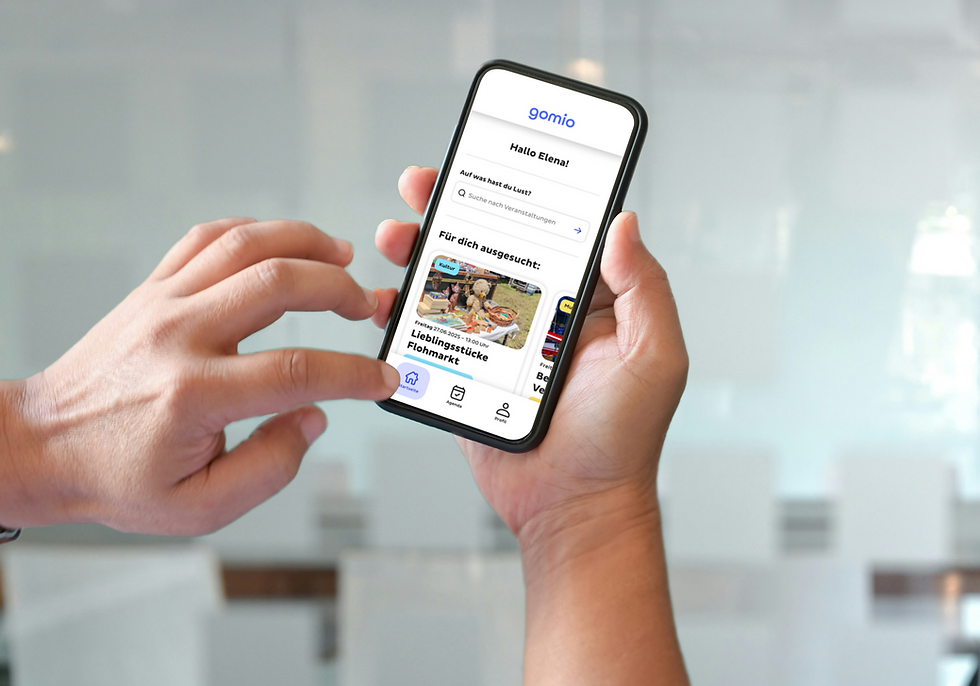top of page
In short
For the digital project module, we developed a prototype website where users make decisions in polls and explore alternative future scenarios. As a Designer, I led the interface design and created 3D modeling elements to enrich the visual design and user experience. I also focused on interactive storytelling by shaping the alternative futures and guiding users through the story, which is an area I am passionate about. In addition, I took on the Scrum Master role, stepping into project management to expand my skills and ensure smooth team coordination throughout the project.
Tools
Figma (UI design concept)
Blender (3D-modeling)
Slack (communication)
Miro (ideation, planning)
Tasks

UI design
3D-modelling
Scrum master
Storytelling


Year
2024
Duration
6 weeks
Team
Me
Lead design, storytelling and scrum master
Ramon G.
Lead technical architect & frontend
Yannic R.
Lead 3D & technical development
Problem
Our task was to design a prototype for a potential urban digital twin interface that makes different future scenarios accessible and understandable. A key challenge was to conceptually represent radically different futures while allowing users to make decisions that influence these scenarios. The interface needed to be interactive, integrate storytelling elements, and encourage users to critically reflect on the potential impacts of their choices, helping them engage thoughtfully with complex, uncertain futures.
Solution
To explore different future scenarios, we identified key factors that influence how these futures unfold. Using a real-life example relevant to users in Switzerland, we focused on voting, which can shape the future. We created a web-based prototype of a house that visually changes based on users’ decisions and interactively explains how these radical transformations occurred. The interface incorporates interactive storytelling and a discussion forum, encouraging users to reflect on their choices and engage with others in conversations about potential futures.

Project Management
As a foundation for our work, we created a project plan and chose an agile workflow to remain flexible throughout the process. In my role as scrum master, I introduced methods such as a Kanban board, a project timeline with defined sprints, and a priority list to keep the team organized. We agreed on weekly stand-ups instead of daily ones, as our varying schedules made daily meetings impractical. Defining clear sprints and weekly goals proved essential, since we had only five weeks to complete the prototype and needed to ensure steady progress.
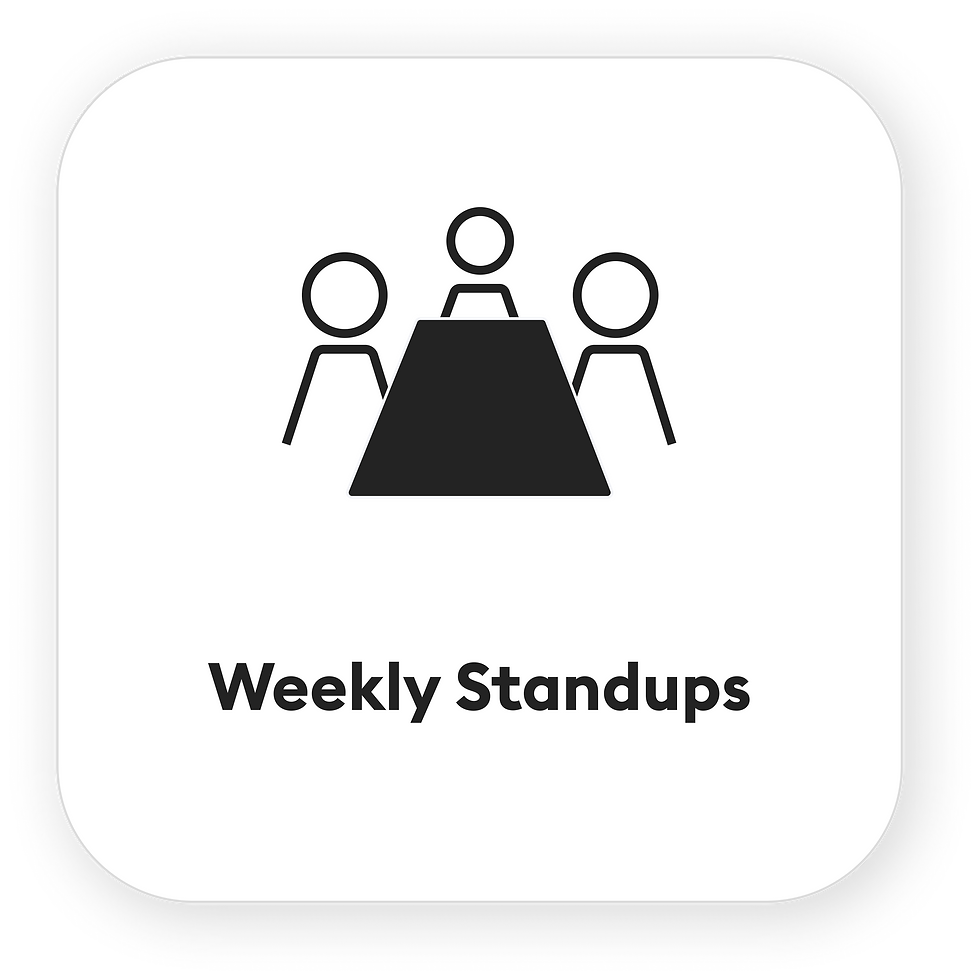.png)
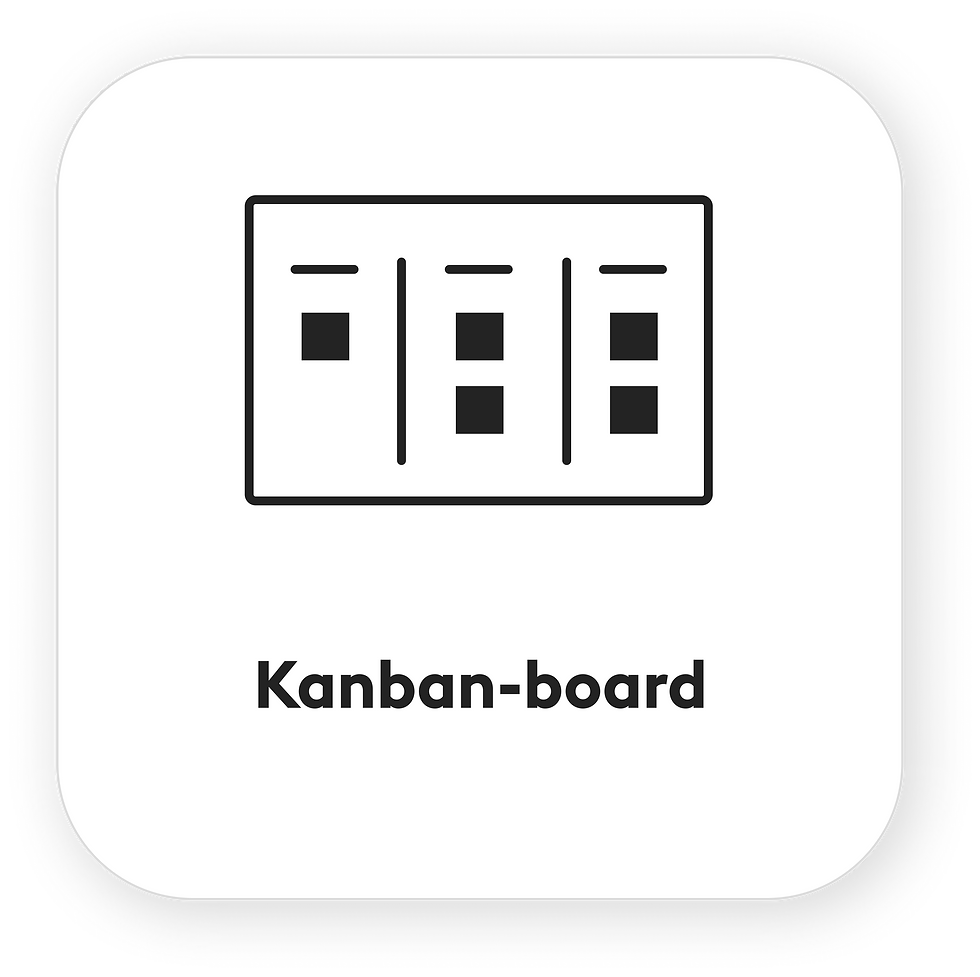.png)
.png)

Storytelling and User Flow
The website was designed to be playful and interactive, with storytelling at its core. Users progress through the narrative click by click, experiencing it as a personal journey: the depicted house is presented as their current home, complete with the current date, before it transforms—based on their decisions—into a future scenario set in the year 2222.
To explain how this future came about without overwhelming users with information, I designed clickable elements within the scenario that reveal story segments in any order while still maintaining a coherent narrative structure. Extensive usability testing ensured that the storytelling remained consistent regardless of the interaction path.
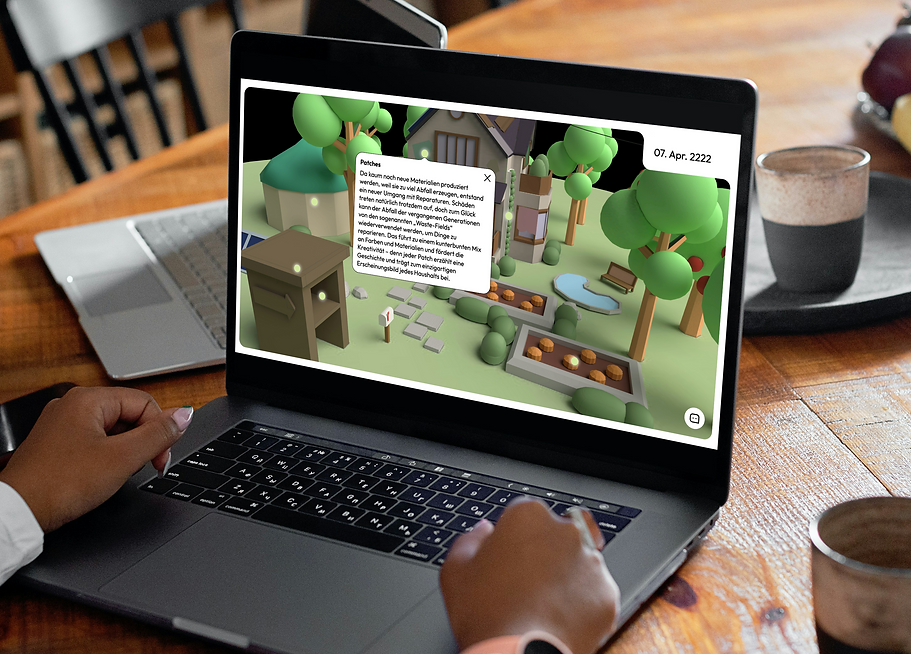
Final Product
More Projects
bottom of page

